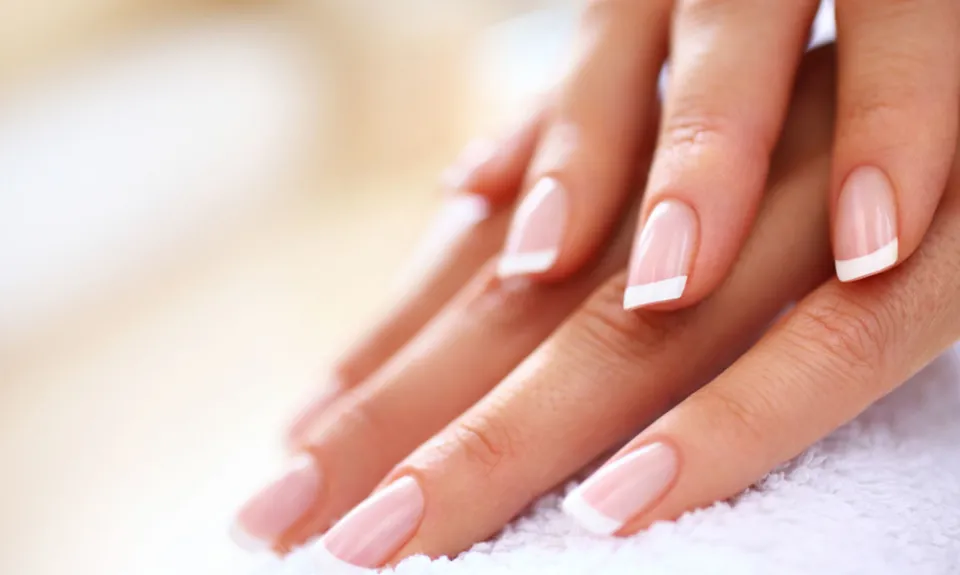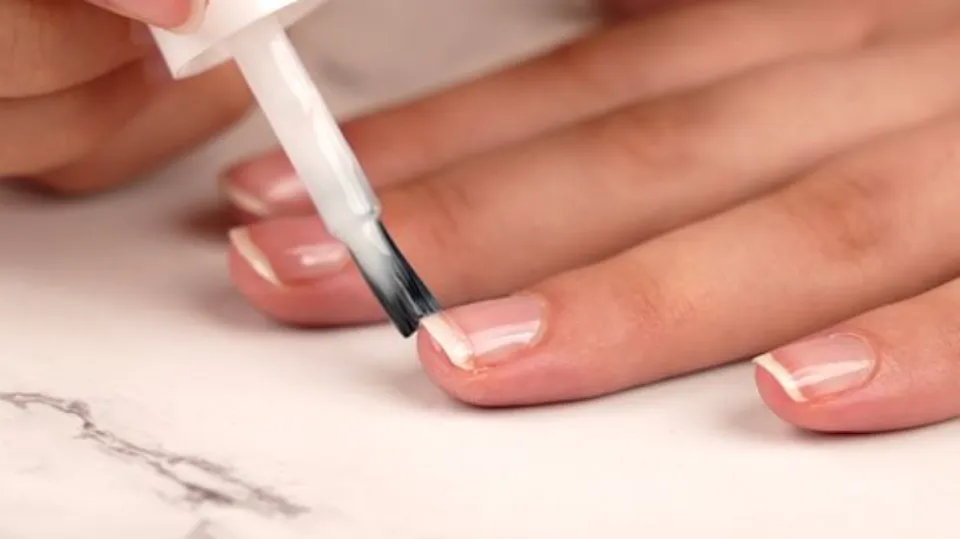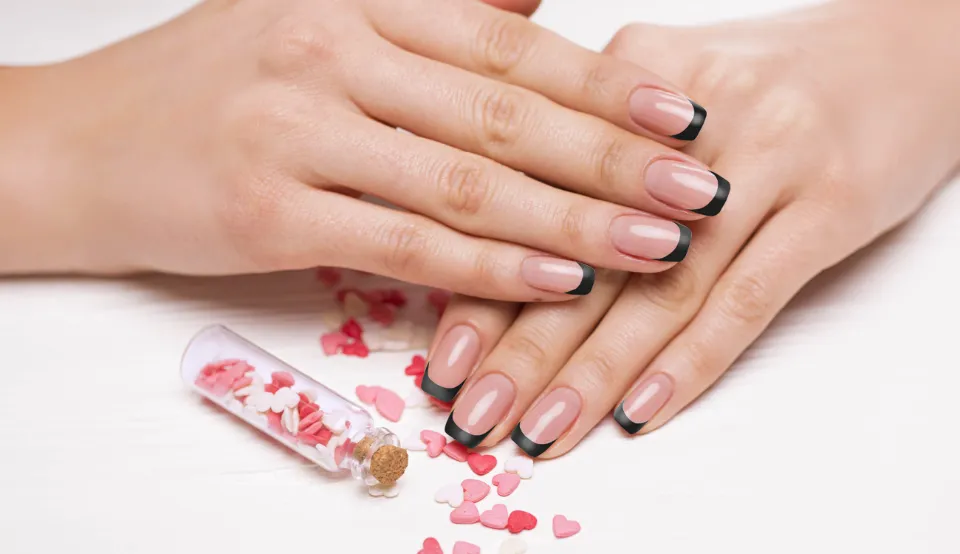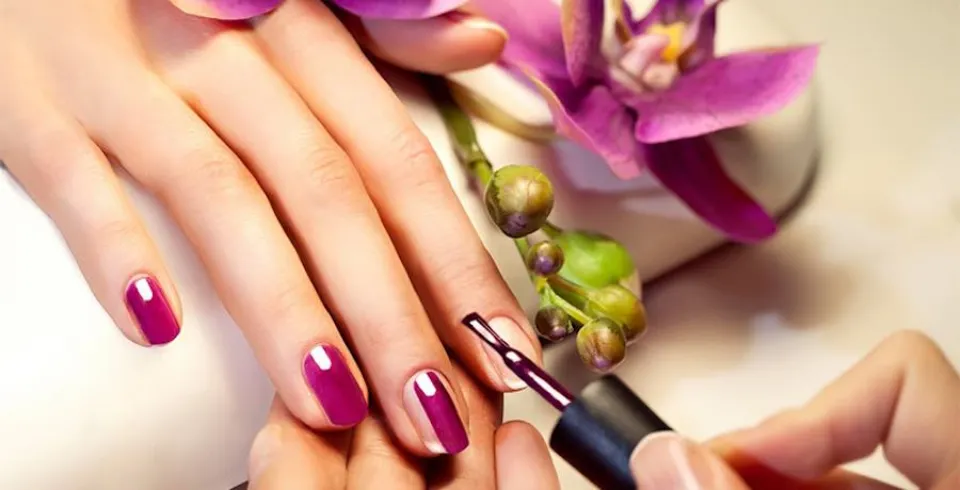Ever found yourself asking why is it called a French manicure? A French manicure seems to be a very American trend, despite what its name suggests, just like French fries, French toast, and French dressing.
French manicures, which are a popular choice for both fingers and toes, are one of the most common requests at nail spas and salons. For those seeking a distinguished yet professional appearance, this timeless option is perfect.
But you’re not alone if you’ve ever been curious about the history of the French manicure. Discover the origins of French manicure styles in the following paragraphs.
Why is It Called a French Manicure?
It may be called the French manicure, but this trend actually has its roots in 1970s Hollywood.
Jeff Pink, the founder of the ubiquitous nail polish company Orly, is credited with coining the name in 1978, though it was cosmetics kingpin The look itself is thought to have been invented by Max Factor in the 1930s.
The “French” connection here is due to Factor’s claim that he first created the manicure for fashion-forward women in Paris. But Pink was the one who invented the first French manicure kit and popularized the style.

Pink added that the term was created as a result of his habit of painting the style onto the nails of Parisian women.
Despite disagreements over the name’s actual etymology, the French manicure quickly became popular in Hollywood, and eventually the rest of the United States., and then the world. It’s interesting to note that when France adopted the style, they gave it the name “la French manucure.”
The Rise in Popularity
The French manicure became more universally popular, though, in the 1970’s.
Jeff Pink created the first ‘do-it-yourself’ French manicure kit (simply branded as “Natural Look Nail Kit”), which was quickly adopted by the latest crop of The powerful film studios of the day heavily favored Hollywood film stars.
Film directors adopted this timeless, elegant look that would go with any change in clothing because they were constantly complaining about the amount of time lost “on set” as the actresses prepared to change nail colors to match the various outfits.
It saved the producers money and time, and stylists and actresses alike adored its understated and feminine finish, which never took away from the specific outfit they were wearing.
Modern French Manicure Ideas

Putting a modern twist on a French manicure is a great way to create some seriously showstopping nails. Here are a few tips on how to do a French manicure.
- Glitter nail polish should be applied over the nail tips after the French manicure and before the top coat.
- Instead of white, choose black tips.
- Instead of a regular sheer, use an iridescent sheer at the nail’s base.
- Make a bold choice and choose complementary colors for the base and tip, such as orange and blue or yellow and purple.
Read More: How to Do French Manicure on Short Nails?
Conclusion: Why is It Called a French Manicure
Every person who regularly has their nails done by a professional has had a French manicure at some point.
Even amongst the myriad of brightly coloured and different textured finishes that are available now for nail treatments, the classic French manicure is still massively popular.
Whether used as part of a manicure or pedicure, that sheer, bare appearance is finished with the distinctive thin, white polish strip at the tip of the nail, which gives that polished look.
Related Post:
FAQs
What is a French Manicure?
French manicures, which can be done with regular nail polish, gel nail polish, or acrylic, typically feature a natural-colored nail with a white tip.
Did a French Manicure Originate in France?
The quick response is no, it did not! Contrary to popular belief and the name given to this nail treatment, it was actually developed in America. Jeff Pink, the creator of the nail polish company Orly, actually came up with the phrase “French manicure” in 1978.
What Does a French Manicure Symbolize?
We can say that French manicure is a symbol of eternal beauty and femininity.




